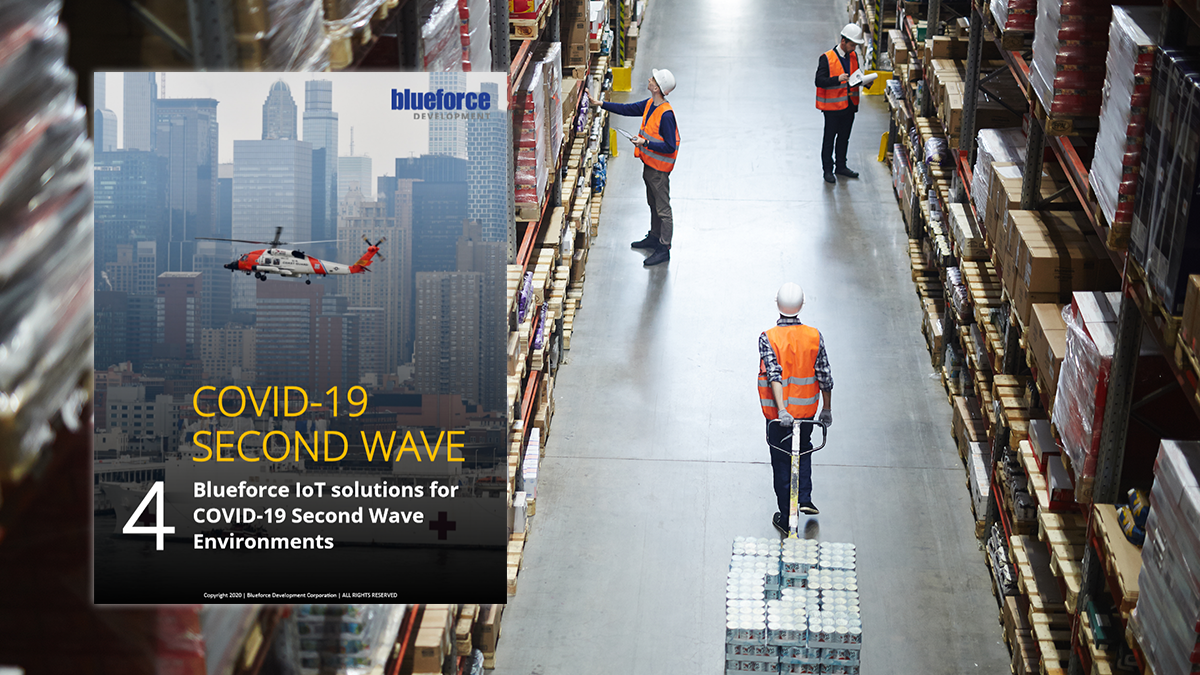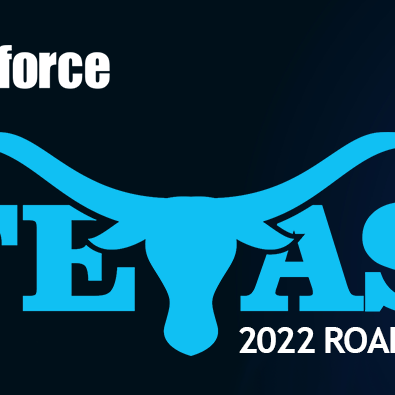
Blueforce eBook: The Coming COVID-19 Second Wave Workplace Environment
It would be an understatement to say that pandemics aren’t the norm for today’s crisis managers. While we have trained and prepared for years on man made mass casualty scenarios (which have included training scenarios built on nation state actors initiating biological attacks), who would have thought a previously unknown virus would emerge from a wet market in Asia, and then one that could be transmitted human to human? Worse, nearly all can agree that COVID-19 will not be going away any time soon. Hence, industry, public safety, and health care systems need to be prepared for post-First Wave effects and bring together solutions that can continue to scale our health care systems and our most precious medical front-line human resources, but solutions that also enable us to return to work in some capacity to help revive the global economy.
The COVID-19 pandemic has ushered in an era of unprecedented uncertainty. For businesses, the virus has introduced unparalleled issues with business continuity, supply chain disruptions, and employee health. If there is one thing history has shown us, it’s that pandemics are known to occur in waves. Infections spike, peak, and taper off, only to rebound and repeat the process later.
The COVID-19 Second Wave world will most assuredly look very different; at least until a vaccine and effective treatments become available. The way we work, the way we learn, and the way products and services are delivered to market will look very different. Traditional working models will need to be rethought, affecting technology, daily processes, workforce policy, and working norms. We are seeing this now with First Wave delivery of education and a whole new emphasis on new collaboration models. Read more in our new eBook.



